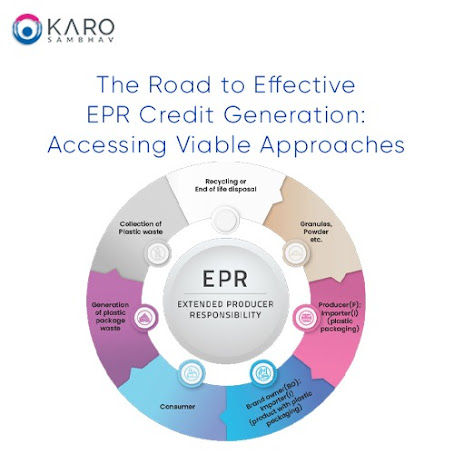The Importance of Battery Recycling: Promoting Sustainable Energy Storage

battery authorization In a time when technology is advancing at a rapid pace, batteries are essential for powering everything from smartphones to electric cars. But along with their convenience comes the problem of battery waste for the environment. It is impossible to overlook how crucial battery waste recycling is to sustainable energy storage methods and addressing the environmental impact. The Increase of Electronic Devices Run by Batteries Batteries are becoming more and more necessary as our reliance on portable electronics increases. One of the main features of our contemporary lifestyle is the extensive use of rechargeable lithium-ion batteries in laptops, electric cars, cell phones, and renewable energy storage systems. These batteries improve our connectivity and mobility, but when disposed of incorrectly, they can have negative environmental effects, and this is exactly where the concept of battery authorization comes into place. Battery Waste Rules ...





